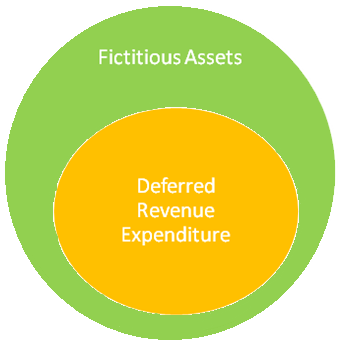The partnership act 1932 does not mention the types of partners specifically. It does have mentions of ‘partner who is minor’ in section 30 and ‘partner by holding out in section 28. But we do come across many types of partners in partnership firms. Following is the list of the types of partners weRead more
The partnership act 1932 does not mention the types of partners specifically. It does have mentions of ‘partner who is minor’ in section 30 and ‘partner by holding out in section 28.
But we do come across many types of partners in partnership firms. Following is the list of the types of partners we generally see:-
- Active partner: – It is the partner who provides the capital and is also actively involved in the management and daily activities of the firm. Such a type of partner is of utmost importance to the firm. Apart from a share in profit and loss, he is also eligible to draw remuneration from the firm.
- Sleeping/ Dormant partner: – This type of partner does not participate in the daily workings of the firm nor actively participates in the management of the firm. Such a type of partner has a large sum of capital invested in the firm and shares the profits as well as losses of the firm.
- Partner by holding out:- If any partner, who by his words or by his conduct, represents himself as a partner of a firm, then he is called a partner by holding out. Such a partner is actually not a partner of the firm and doesn’t receive any share of profit as he has contributed no capital.
As per section 28, such a partner is liable to any person who has given credit to the firm on the belief that he is a partner of the firm.
- Minor partner: – If any person who is less than 18 years of age is admitted into the firm, such partner is known as a minor partner. Such a partner is entitled to the profits of the firm based on his capital but is immune from losses suffered by the firm.
- Secret partner: – It is a partner of a firm whose membership is kept hidden from the outsiders such as creditors and other third parties. But he is equally liable as other partners for the outside liabilities.
- Outgoing partner: – A partner who voluntarily leaves the partnership without dissolving the firm is called an outgoing partner or retiring partner. Such a partner is liable to all liabilities incurred before his retirement. But he can be held liable to outside liabilities if he fails to give public notice of his retirement.
See less





External liabilities are the amounts which a business is obliged to pay to the outsiders (who are not owners of the business). Here is the list of external liabilities:- Accounts payable ( trade creditors and bills payables) Loan taken from outsiders Loan from bank Debentures Public deposits accepteRead more
External liabilities are the amounts which a business is obliged to pay to the outsiders (who are not owners of the business).
Here is the list of external liabilities:-
The list is not exhaustive.
Just for more understanding, internal liabilities are those liabilities which a business is supposed to pay back to its owners. Such as capital balance, profit surplus etc.
See less